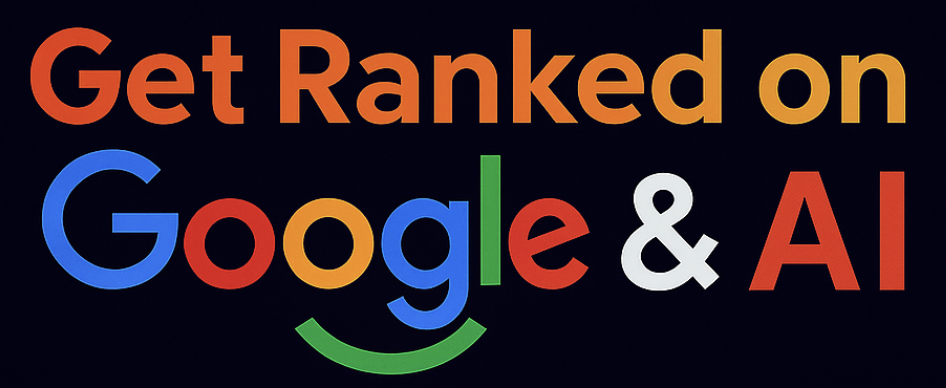Coming up with new SEO content ideas can sometimes feel repetitive, especially when you’re targeting the same keywords as your competitors.
One of the most underused sources of fresh, user-focused ideas is sitting right on the Google search page: the “People Also Ask” (PAA) box. These questions reflect genuine user interest and can spark content angles you might not have considered.
Table of Contents
Key Takeaways
- The “People Also Ask” (PAA) box is a valuable source of real user questions and search intent.
- It helps uncover content gaps and missing topics your competitors may have overlooked.
- PAA questions can be used to expand keyword research, especially for long-tail and semantic keywords.
- Integrating PAA into your articles improves content structure and readability.
- Analysing PAA questions reveals search intent, allowing you to align content with user needs.
- Well-formatted answers to PAA queries can increase chances of appearing in featured snippets.
- SEO tools like AlsoAsked and SEO Minion can efficiently scale PAA data collection.
- Grouping related PAA questions builds topic clusters, enhancing internal linking and SEO authority.
What is “People Also Ask”?
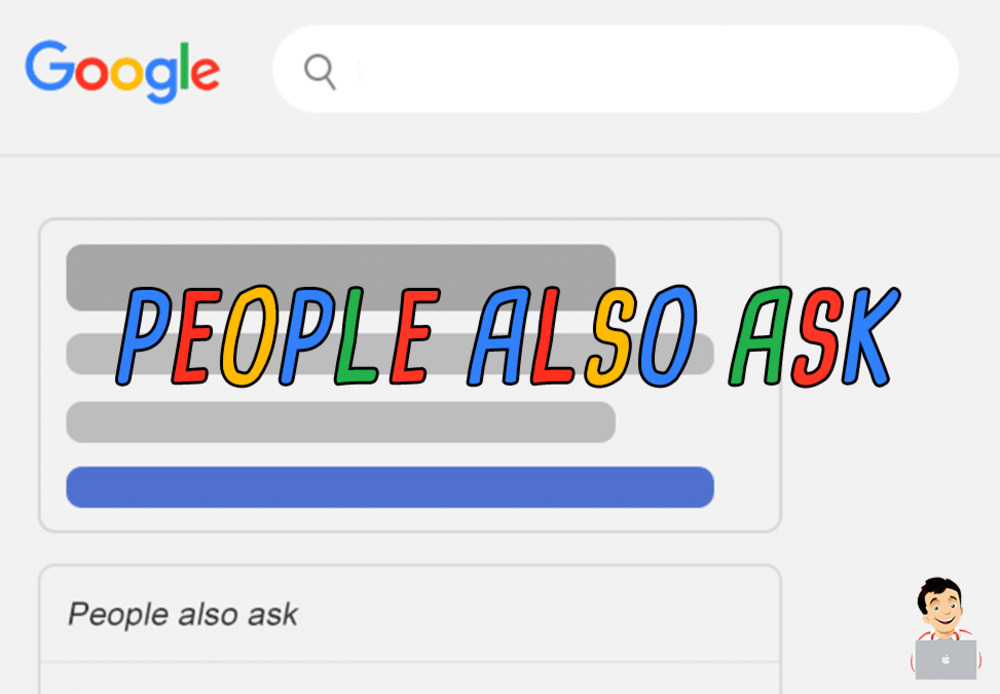
“People Also Ask” is a feature on Google’s SERP that displays a list of related questions based on your query. Each question can be expanded to reveal a brief answer, often pulled from a webpage, along with a link to the source.
As you click on one, more related questions appear below, creating an ever-growing list of insights into what people are curious about. It gives you a direct look into how users think, what they want to learn next, and how they frame their questions.
Why is “People Also Ask” (PAA) Box Important?
The “People Also Ask” box is more than just a list of questions—it’s a window into what your audience is actively searching for. Let’s understand why it matters for SEO:
| Reason | Explanation |
| Reveals User Intent | PAA questions reflect real search patterns, helping you understand what users truly want to know. |
| Supports Long-Tail Keyword Ideas | The questions often include specific niche phrases that can be turned into targeted content. |
| Highlights Content Gaps | You can identify questions that your current pages don’t answer, enabling you to fill those gaps effectively. |
| Boosts Content Relevance | Aligning your content with PAA questions helps improve engagement and search rankings. |
| Improves Snippet Opportunities | Questions from PAA can guide how you structure your answers to increase the chance of featured snippets. |
7 Ways to Use “People Also Ask” Boxes for Better SEO
Strategic content starts with understanding user curiosity. Here’s how to put the “People Also Ask” box to work:
1. Identify Content Gaps
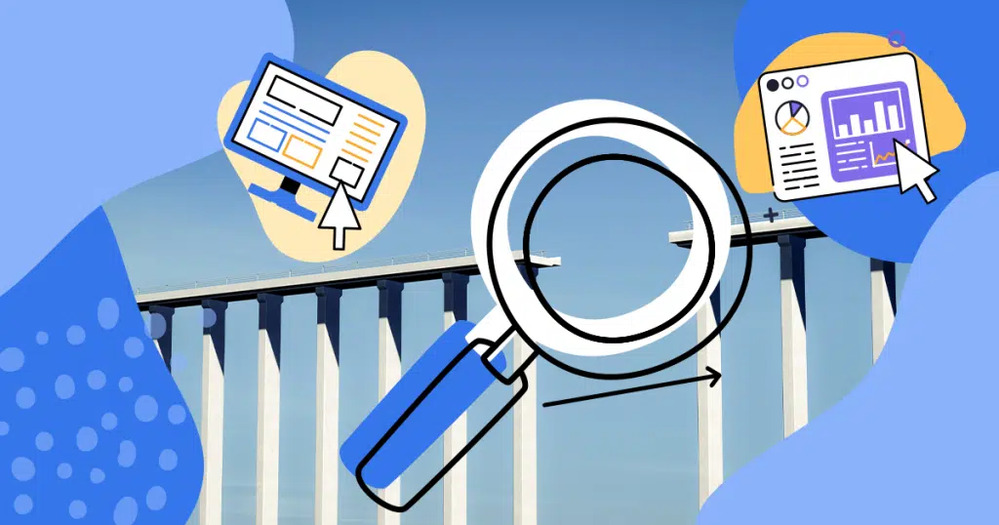
One of the simplest ways to utilise the “People Also Ask” box is to identify questions your content hasn’t addressed yet. These questions reveal what users still want to know after their initial search.
By comparing PAA questions to your existing articles, you can easily identify missing angles, subtopics, or overlooked details. Filling in these gaps not only strengthens your content but also improves its chances of ranking higher and keeping users engaged longer.
2. Expand Keyword Research
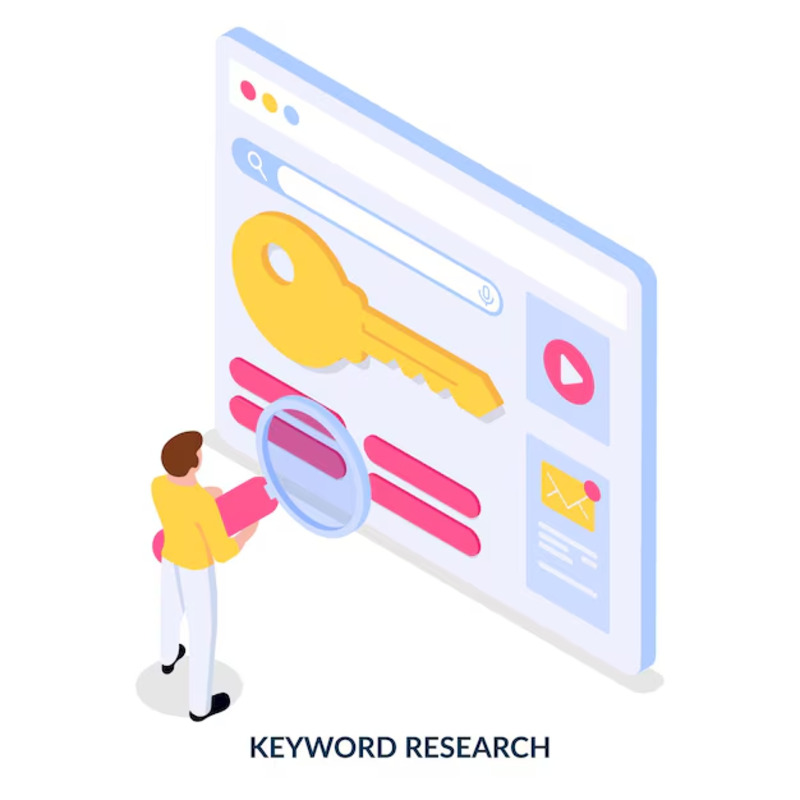
Think of each question in the “People Also Ask” box as a seed for deeper keyword discovery. Once you gather a few related questions, patterns start to emerge—phrases, themes, and intent that you can build on.
These insights are handy for generating new blog topics, optimising existing pages, or planning content that captures highly specific search traffic. It’s a quick way to expand your keyword list with terms that reflect how people actually search.
Curious how to turn search terms into traffic? Check out this keyword research Malaysia guide to sharpen your keyword strategy even further.
3. Improve Content Structure

The queries shown in “People Also Ask” can double as ready-made subheadings for your articles. Using them to break up your content improves readability and helps Google understand the flow and relevance of your page.
Each question can guide a clear, focused answer, making your content more scannable and easier to digest. This simple structure also increases your chances of being featured in search results.
4. Discover Search Intent
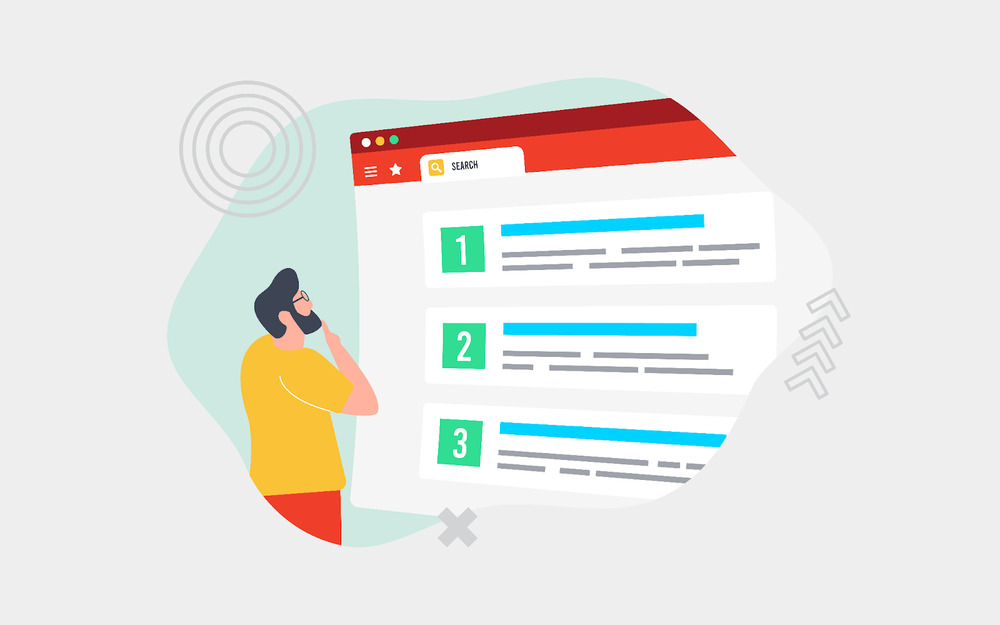
How a question is phrased reveals a great deal about what users are looking for. Some are asking for definitions, others want comparisons, steps, or solutions. Understanding the purpose behind each query allows you to shape your content accordingly.
When your content delivers exactly what the reader expects, it feels more relevant and useful, resulting in higher engagement and improved search performance.
5. Target Featured Snippets
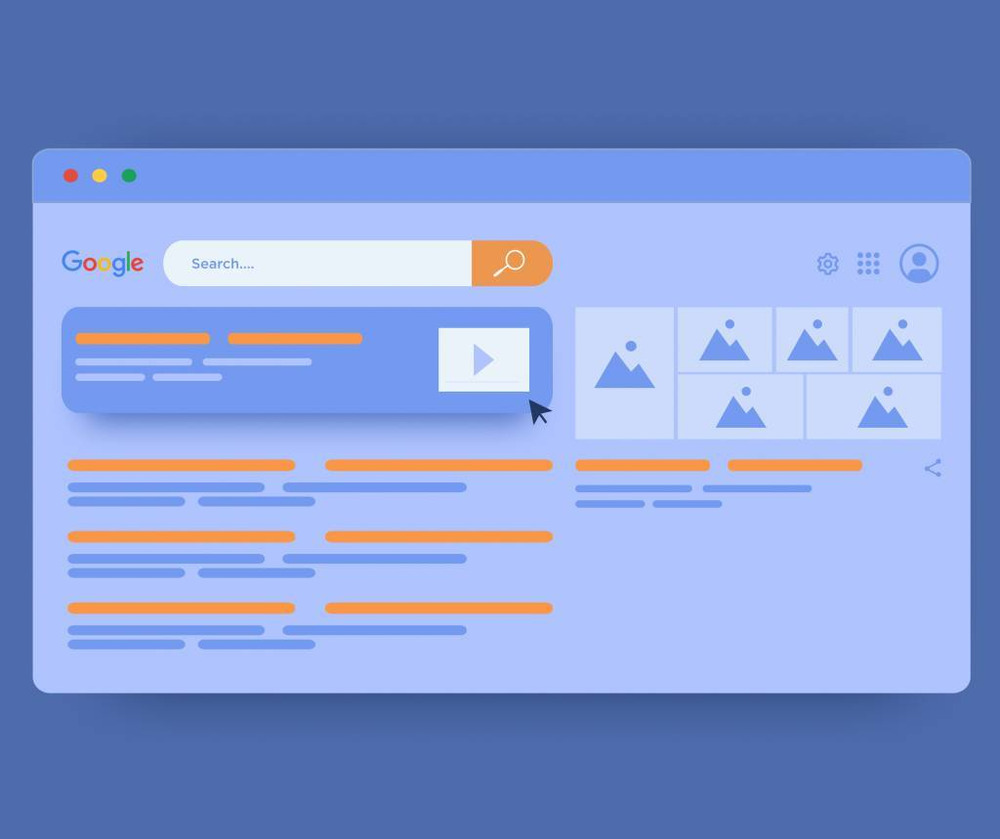
Many answers pulled into featured snippets come directly from content that clearly responds to questions found in the “People Also Ask” box. To increase your chances of being featured, keep your responses concise—use a paragraph, bullet list, or quick how-to format.
Structure your content in a way that’s easy for Google to extract and present, while still delivering value to the reader. Clear formatting and precise answers often make the difference.
Want your content to hit position zero? Learn more about the types of featured snippets today and watch your website visibility improve.
6. Use SEO Tools to Scale
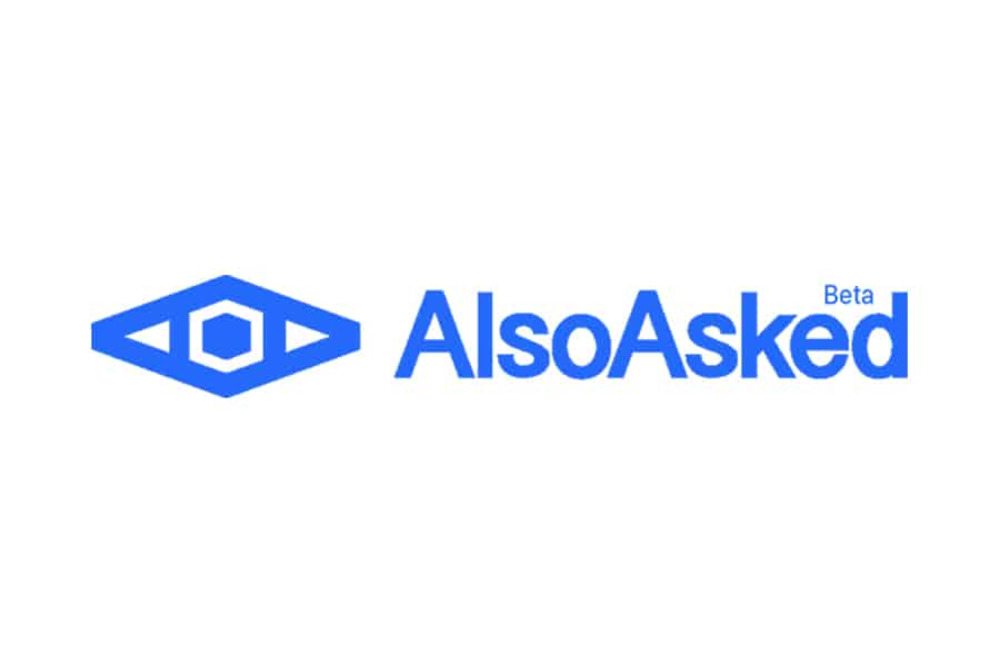
Manually checking the PAA box can be time-consuming, especially for larger content plans. Tools like AlsoAsked, AnswerThePublic, and SEO Minion help extract related questions at scale, so you can quickly map out content ideas across multiple topics.
This step saves time, streamlines your workflow, and ensures you’re covering what people genuinely want to know.
7. Build Topic Clusters

Grouping related “People Also Ask” questions under a broader theme essentially means you’re building a topic cluster. This enables search engines to comprehend how your content relates to one another and reinforces your authority on the subject.
Use one main page as the pillar and link to supporting articles that answer specific questions related to it. It improves internal linking, boosts keyword relevance, and encourages readers to explore your site for a longer period.
Conclusion
The “People Also Ask” box offers more than surface-level suggestions—it reflects what your audience genuinely wants to learn. Use these insights to guide your content strategy, strengthen on-page relevance, and remain aligned with user intent.
Clear and consistent answers to real questions make your pages more valuable to readers and easier for search engines to rank.
Ready to turn curiosity into clicks? Our team at Newnormz digital marketing transforms search behaviour into actionable SEO strategies that bring in real traffic and measurable results. Contact Newnormz today and let’s create something worth clicking.






